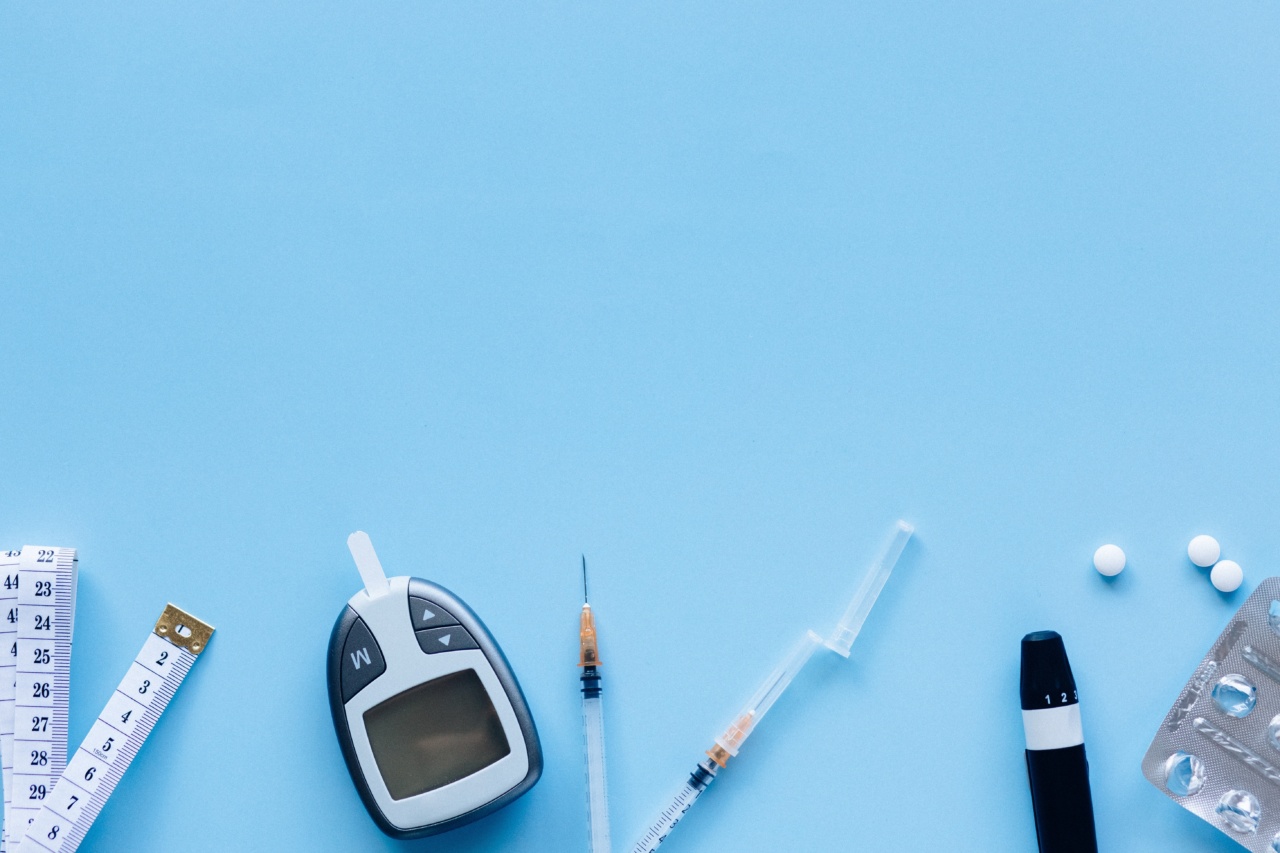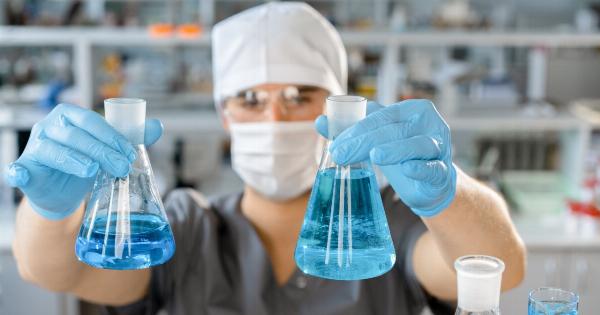Diabetes is a chronic disease that affects millions of people worldwide. It is characterized by high blood sugar levels due to the body’s inability to produce or respond to insulin properly.
For years, researchers have been searching for a cure for diabetes. Recently, a team of researchers has discovered that stem cells in the pancreas can regenerate insulin, which is a breakthrough in diabetes research.
What are Stem Cells?
Stem cells are undifferentiated cells that have the ability to transform into different types of cells in the body. They play a vital role in the growth, development, and repair of tissues in the body.
Stem cells are classified into two types: embryonic stem cells and adult stem cells. Embryonic stem cells come from human embryos, whereas adult stem cells are found in specific tissues in the body, such as the bone marrow, brain, and pancreas.
Stem Cells in Pancreas
The pancreas is an organ that is located behind the stomach. It produces enzymes and hormones that help in the digestion of food. The pancreas also produces insulin, which regulates blood sugar levels in the body.
The insulin-producing cells in the pancreas are called beta cells. When these cells are damaged or destroyed, the body cannot produce enough insulin, leading to high blood sugar levels and diabetes.
Recent studies have shown that the pancreas contains stem cells that can regenerate beta cells. These stem cells are called pancreatic progenitor cells.
When beta cells are damaged or destroyed, pancreatic progenitor cells divide and differentiate into new beta cells, which can produce insulin. This discovery has opened up new avenues for diabetes research and treatment.
Insulin Regeneration Mechanism
Researchers have been trying to understand the mechanism behind insulin regeneration in the pancreas.
In a recent study, published in the journal “Cell Reports,” a team of researchers from the University of Bergen in Norway has identified the genes and pathways that are involved in the regeneration of beta cells from pancreatic progenitor cells.
The study found that a gene called arx is essential for the formation of pancreatic progenitor cells. Arx regulates the expression of other genes, such as pax4 and nkx6.1, which are essential for the development of beta cells.
The study also found that a pathway called the FGF receptor pathway is involved in the regeneration of beta cells. This pathway regulates the proliferation and differentiation of pancreatic progenitor cells into beta cells.
The researchers used a mouse model to study the regeneration of beta cells in the pancreas. They found that when beta cells were destroyed, pancreatic progenitor cells divided and differentiated into new beta cells within a week.
The regenerated beta cells produced insulin and regulated blood sugar levels in the body. The study also found that the regeneration of beta cells was more effective in younger mice than in older mice.
Potential Applications in Diabetes Treatment
The discovery of the insulin regeneration mechanism in the pancreas has many potential applications in diabetes treatment. Currently, diabetes is treated with insulin injections or medications that stimulate the production of insulin.
However, these treatments are not effective in all patients, and they have side effects.
The regeneration of beta cells from pancreatic progenitor cells could be a more effective and safer treatment for diabetes.
This could be achieved by stimulating the proliferation and differentiation of pancreatic progenitor cells into beta cells, using drugs or gene therapy. Researchers are also exploring the use of stem cell transplantation to replace damaged beta cells.
Conclusion
The discovery of stem cells in the pancreas that can regenerate insulin-producing beta cells has opened up new possibilities for diabetes research and treatment.
The identification of the genes and pathways involved in this process could help researchers develop new therapies for diabetes that are more effective and safer than current treatments. Further research is needed to fully understand the insulin regeneration mechanism in the pancreas and to develop new treatments for diabetes.


























